Ferrari 308 GTB Vetroresina
When Ferrari presented the 308 GTB in 1975, it was the brand’s first production model with a plastic body. While it is now commonplace to use carbon fiber, back then it was still glass-fiber-reinforced plastic. In Italian, this material is called ‘Vetroresina’, which led to the nickname of this sports car. The 308 GTB indirectly replaced the Dino 246 as the entry-level model. Ferrari wanted to retain the mid-engine principle adopted from motorsport, but increased the number of cylinders by two to eight. The 308 GT4, which was initially sold as a Dino, had a similar layout, but with two additional seats in the rear. In addition, its bodywork came from Bertone, while the 308 GTB was designed by Pininfarina.
Scaglietti built the GRP bodywork
There are various theories as to why the factory’s own coachbuilder Scaglietti switched from steel or aluminium to GRP for the 308 GTB. It is likely that Ferrari saw the success of other sports car builders with this material and wanted to share in it. Chevrolet started building the Corvette from fibreglass in the 1950s, and other manufacturers followed. Initially, the advantages and disadvantages of GRP still had to be explored. By the time Ferrari joined the club in 1975, the material had already established itself, and its main benefit was weight saving. However, Scaglietti soon reported to Ferrari that production times were significantly higher than for classic metal bodies.
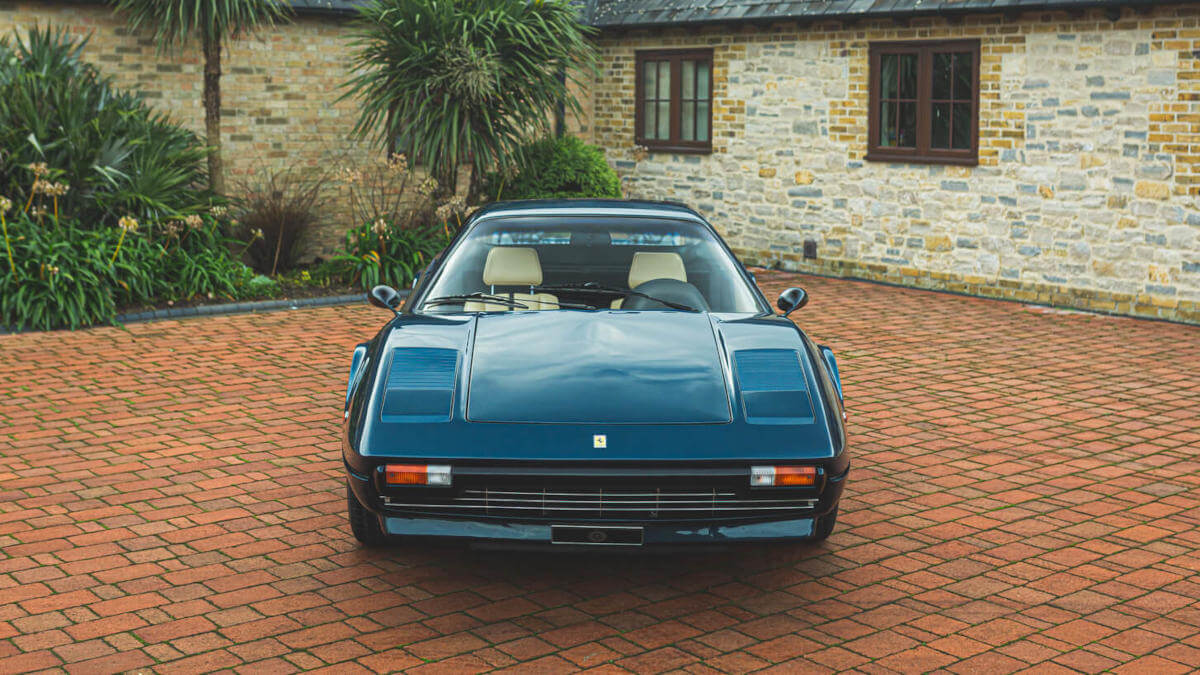



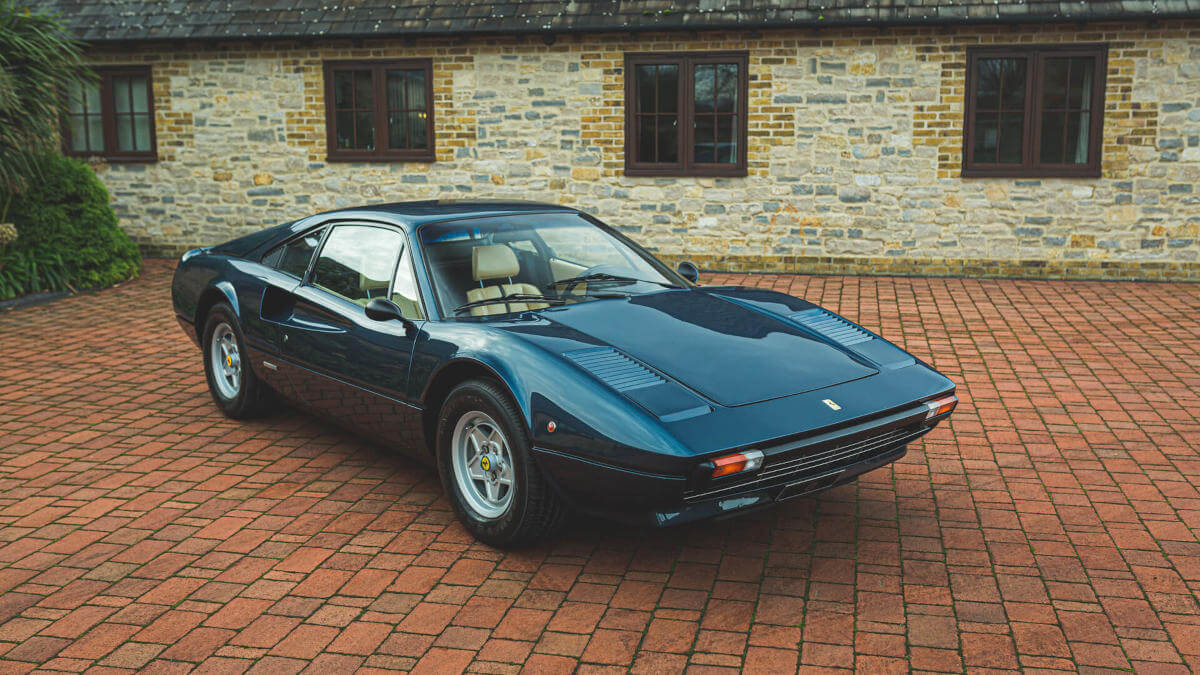



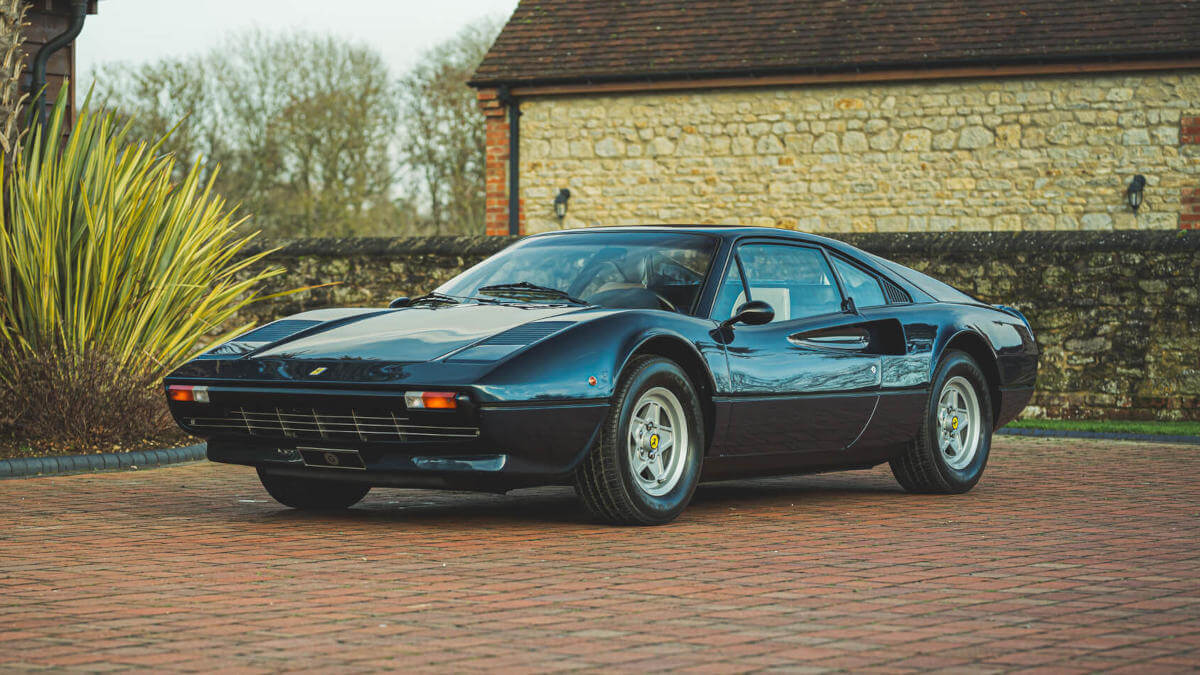



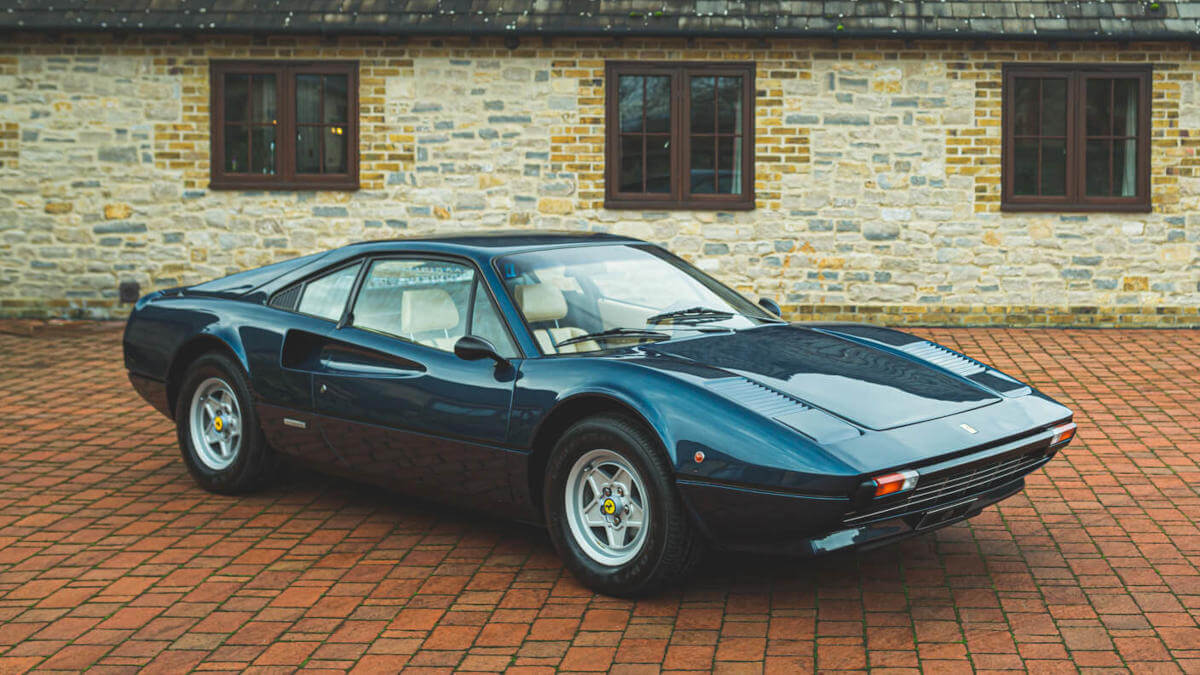



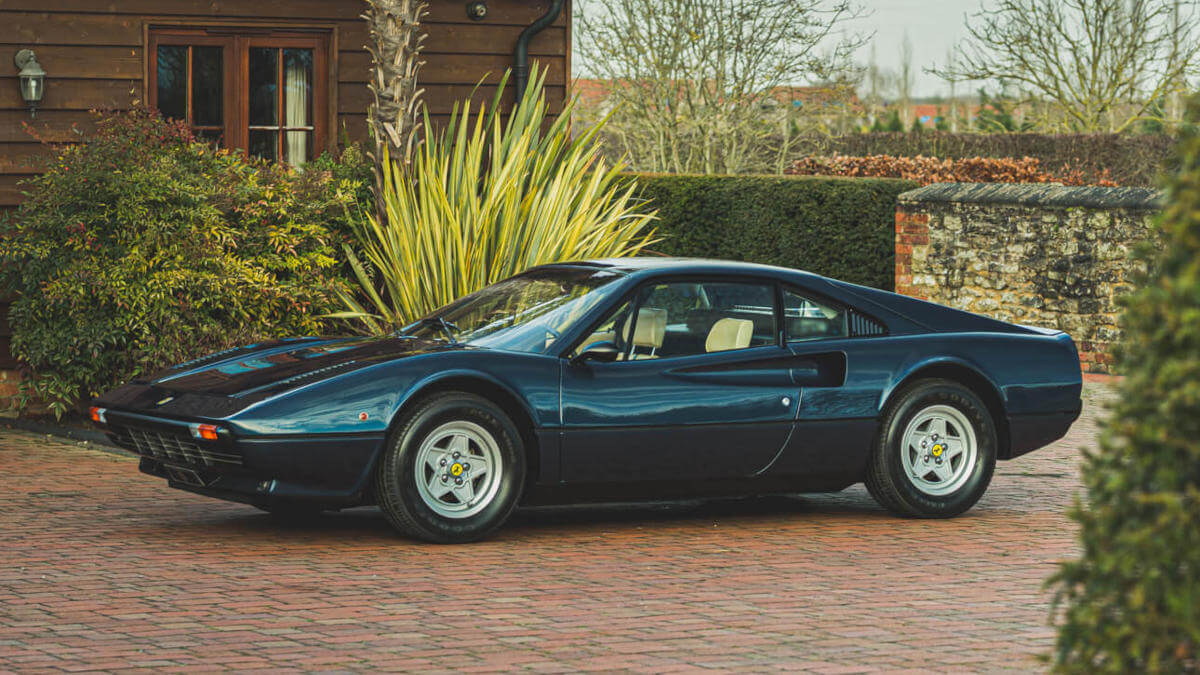



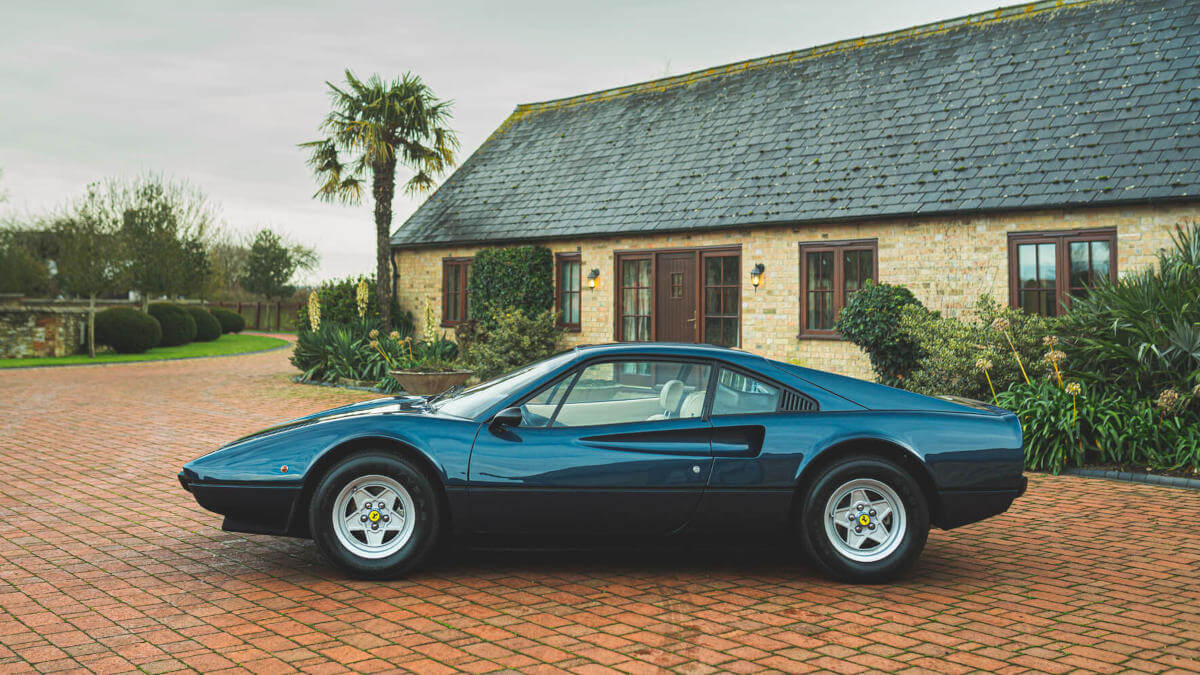



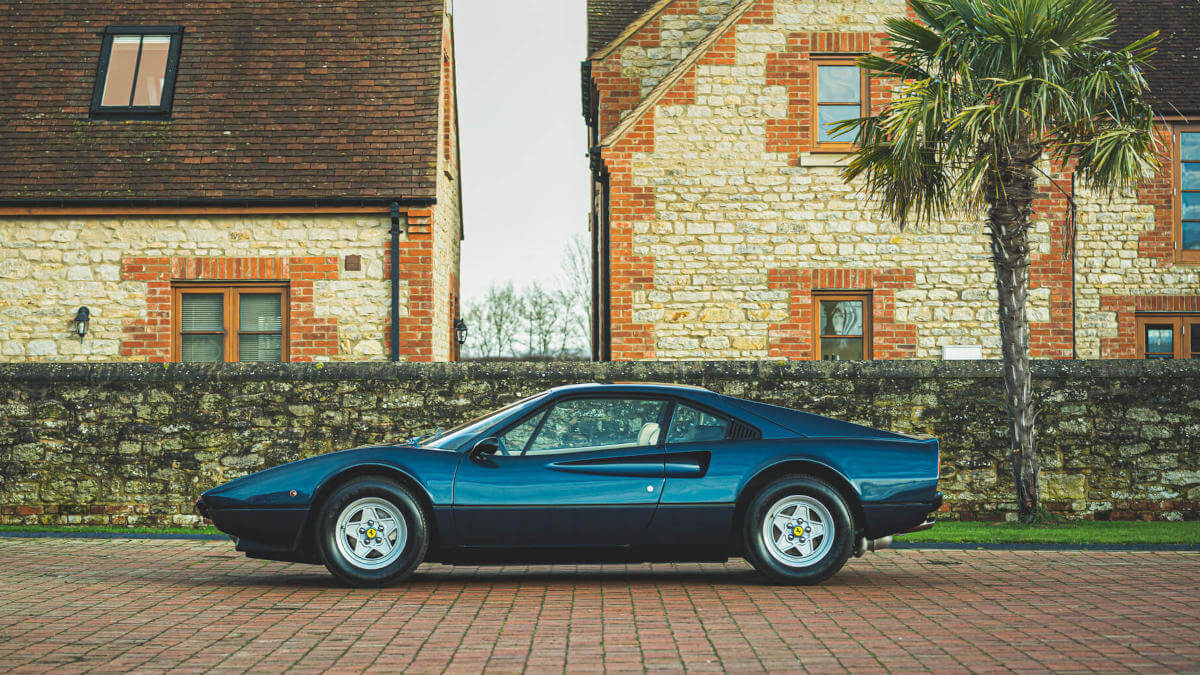



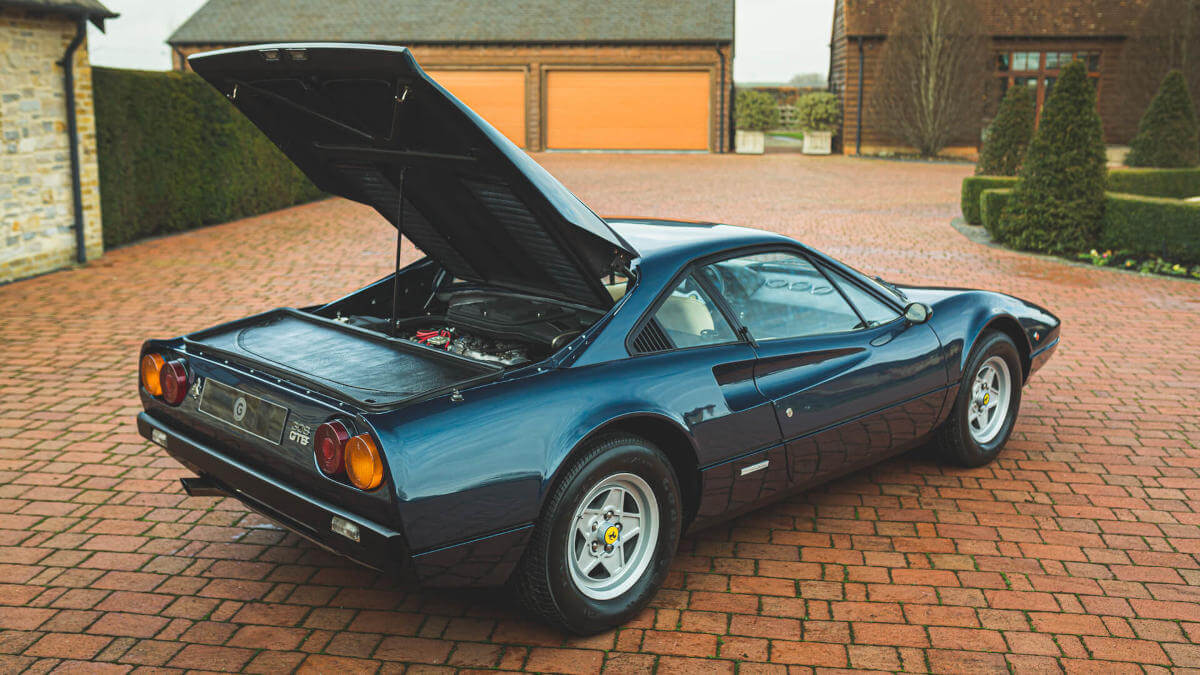



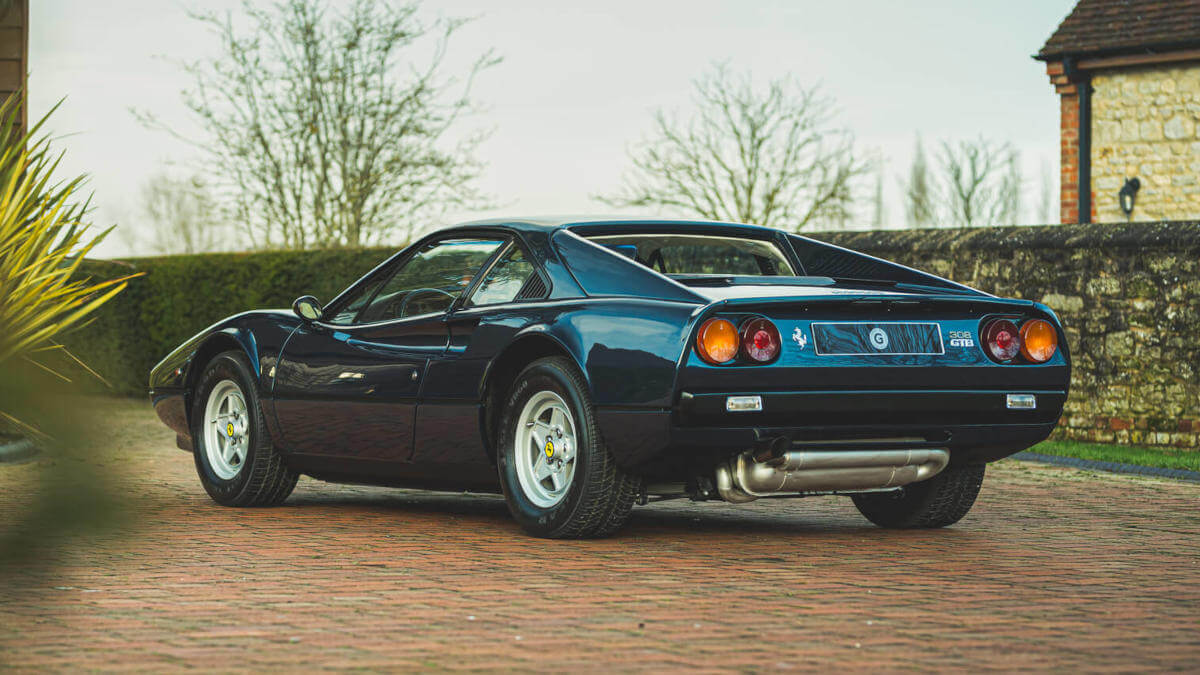



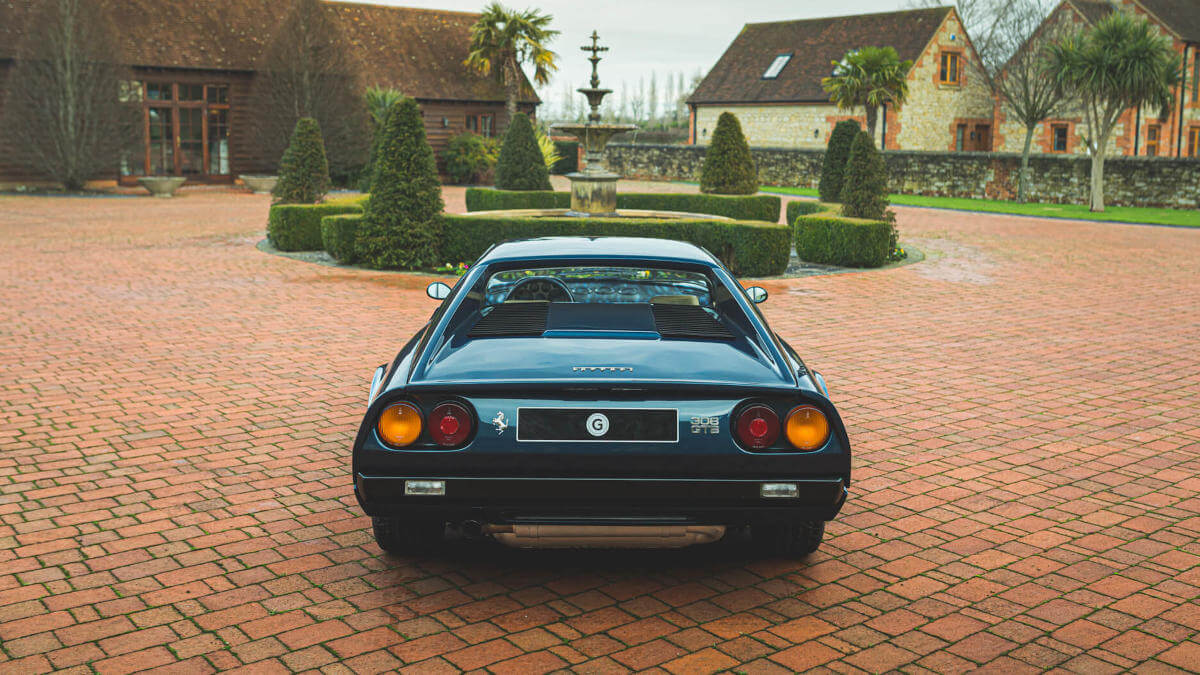



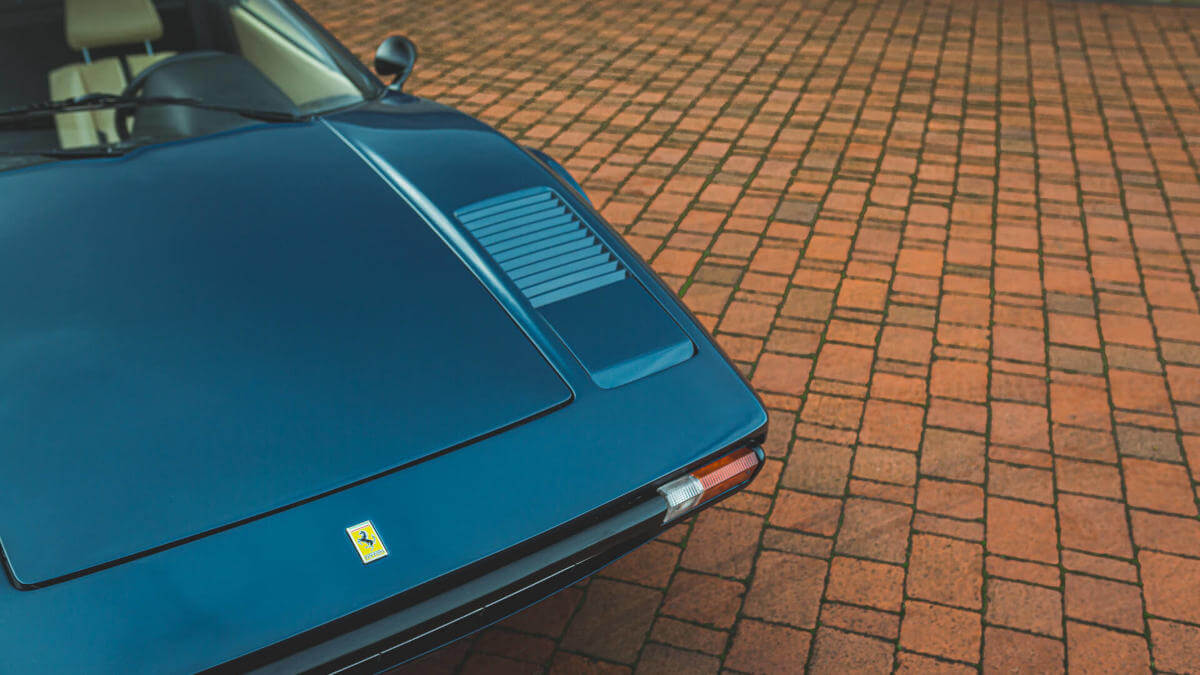



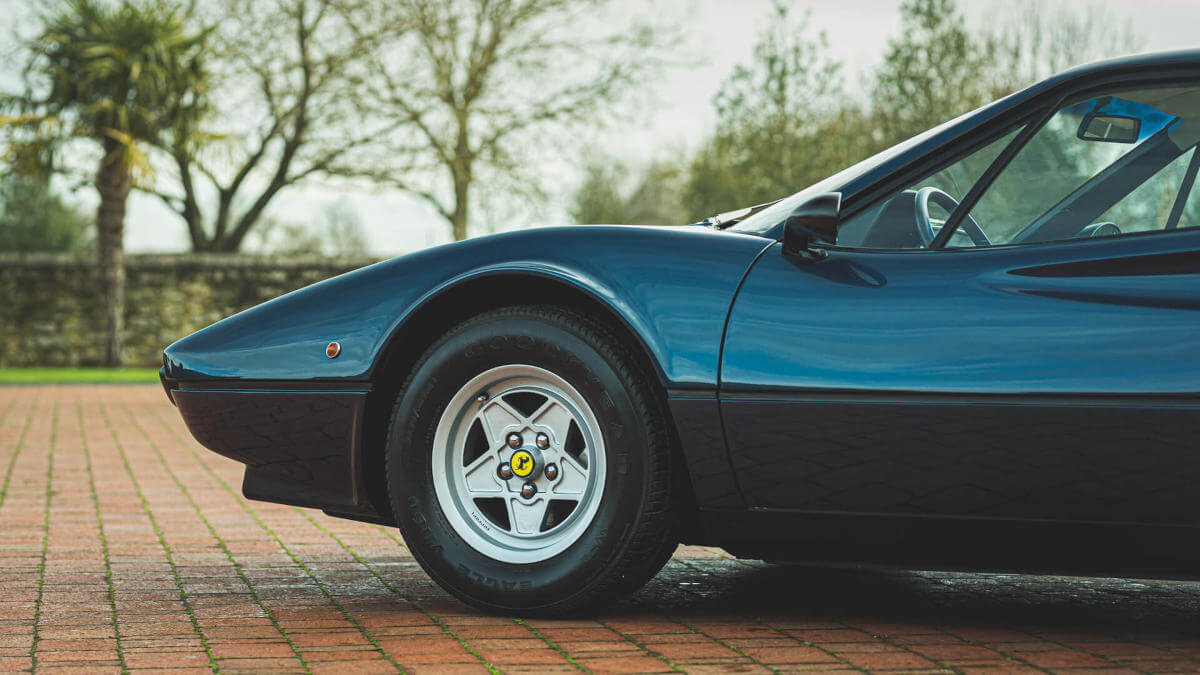



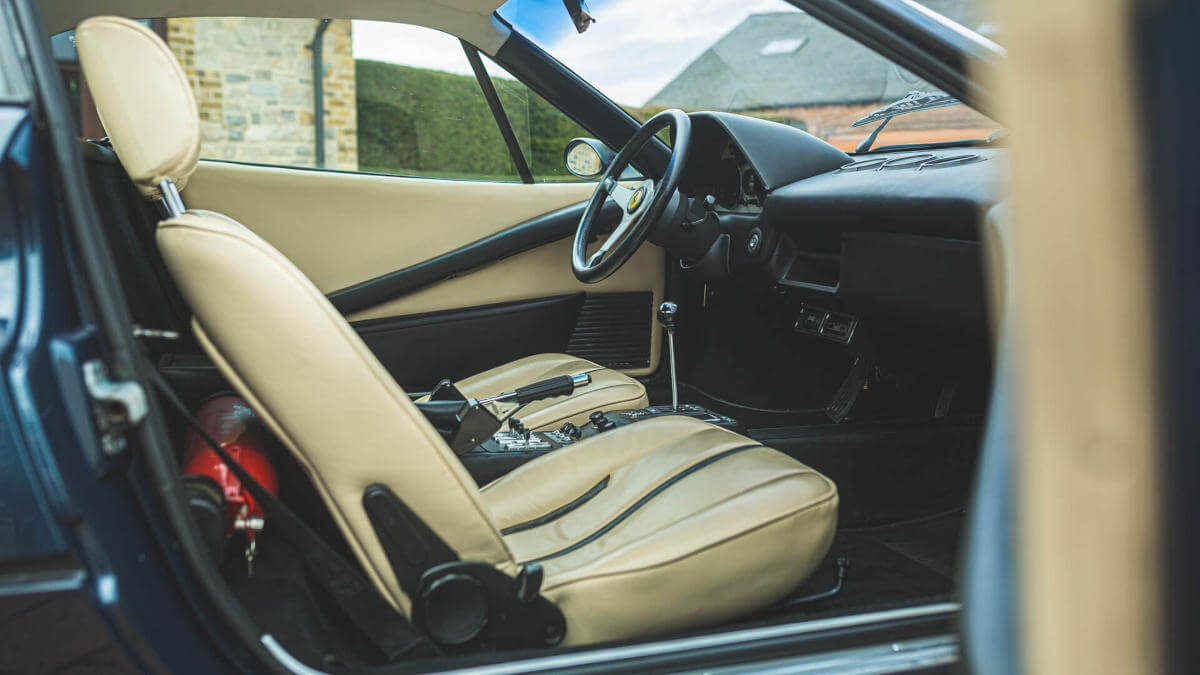



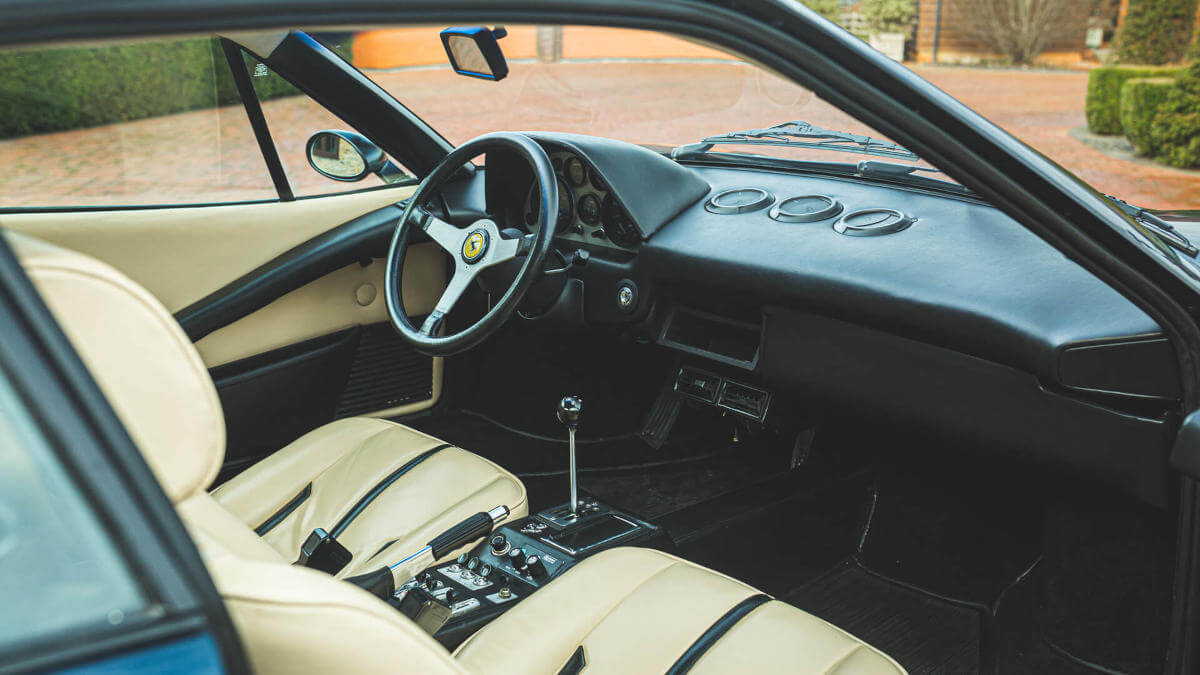



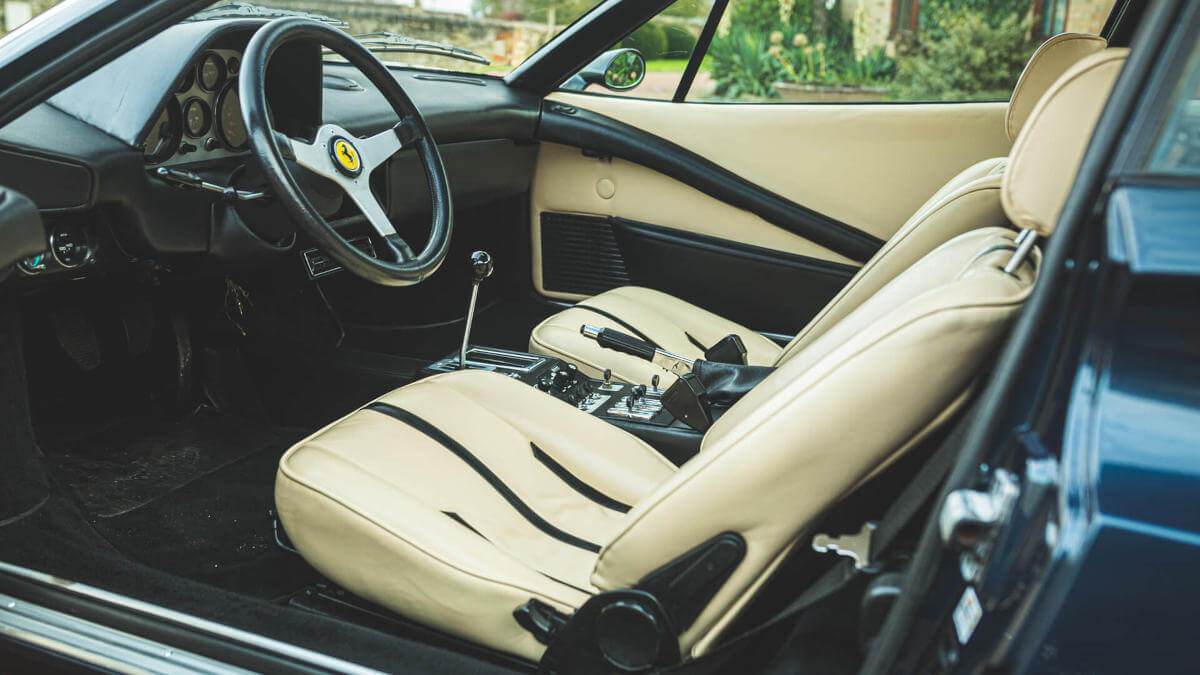



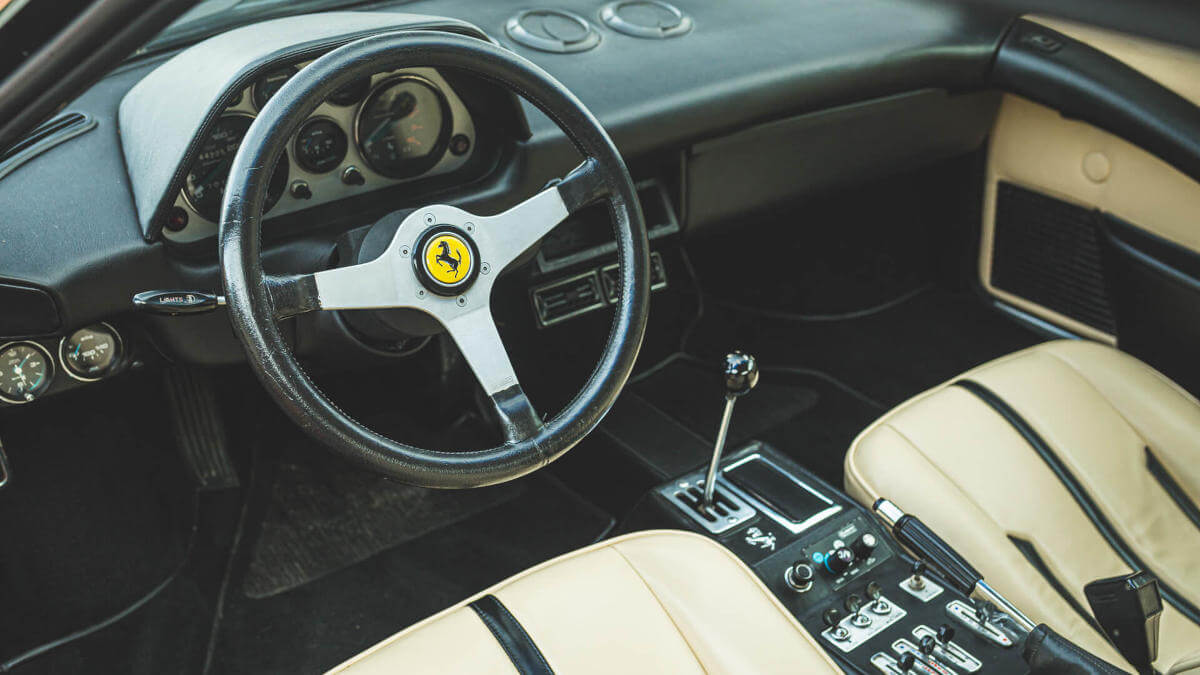



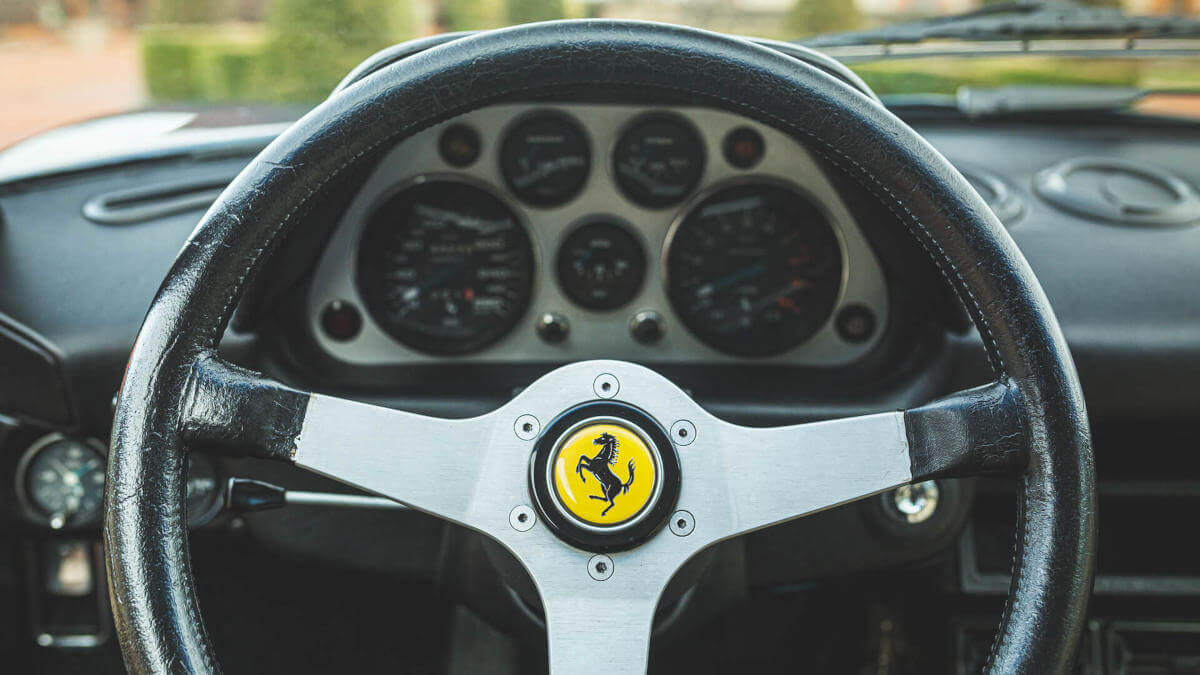



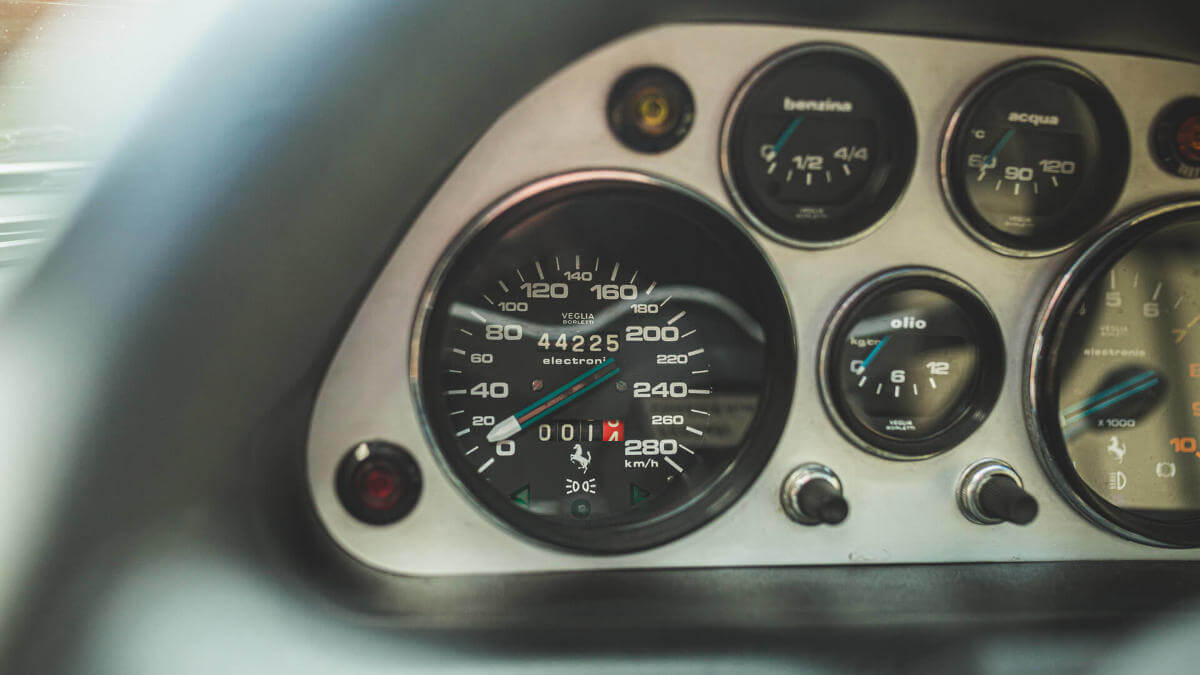



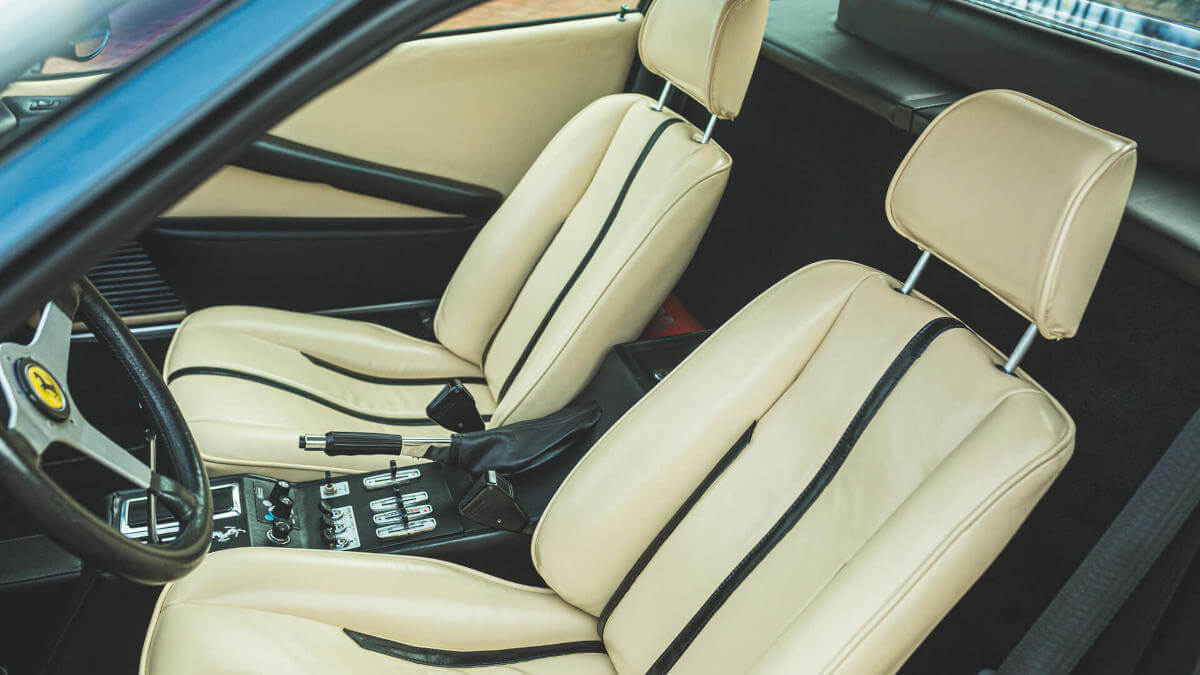



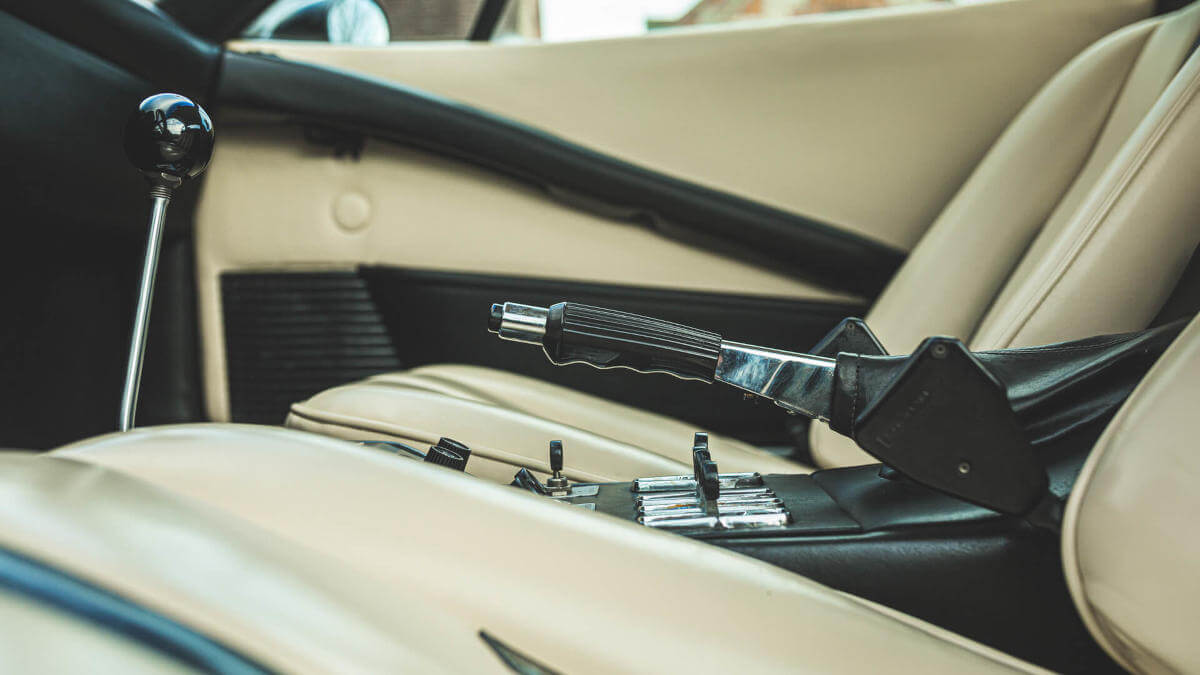



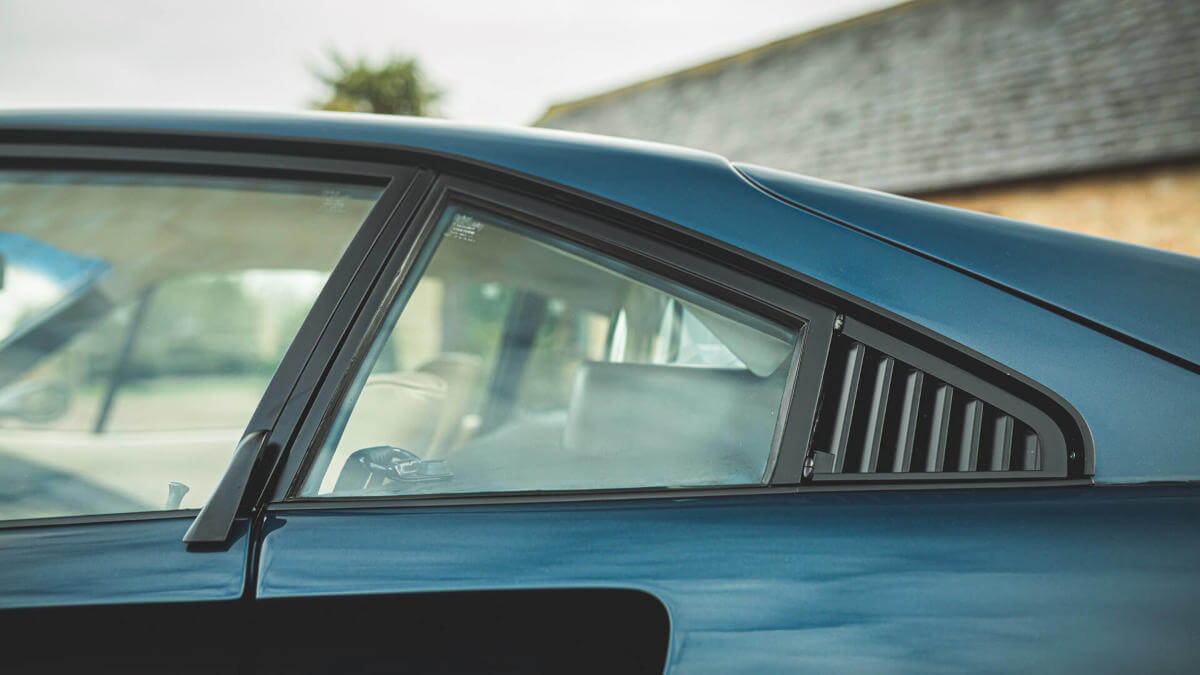



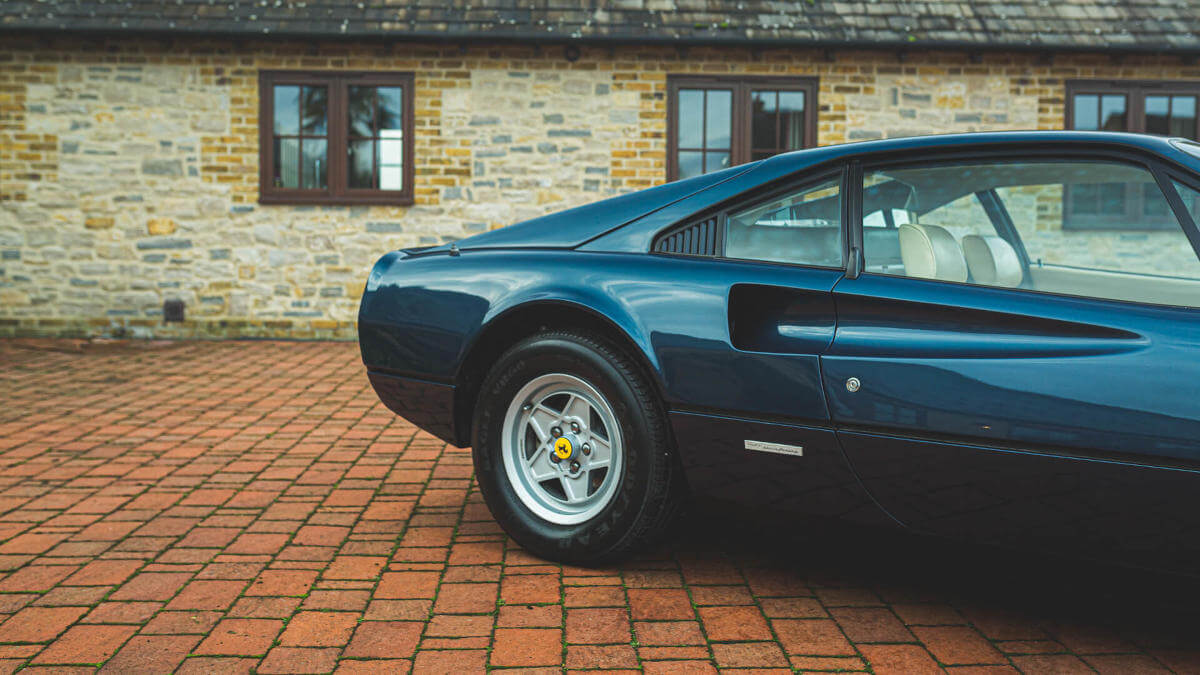



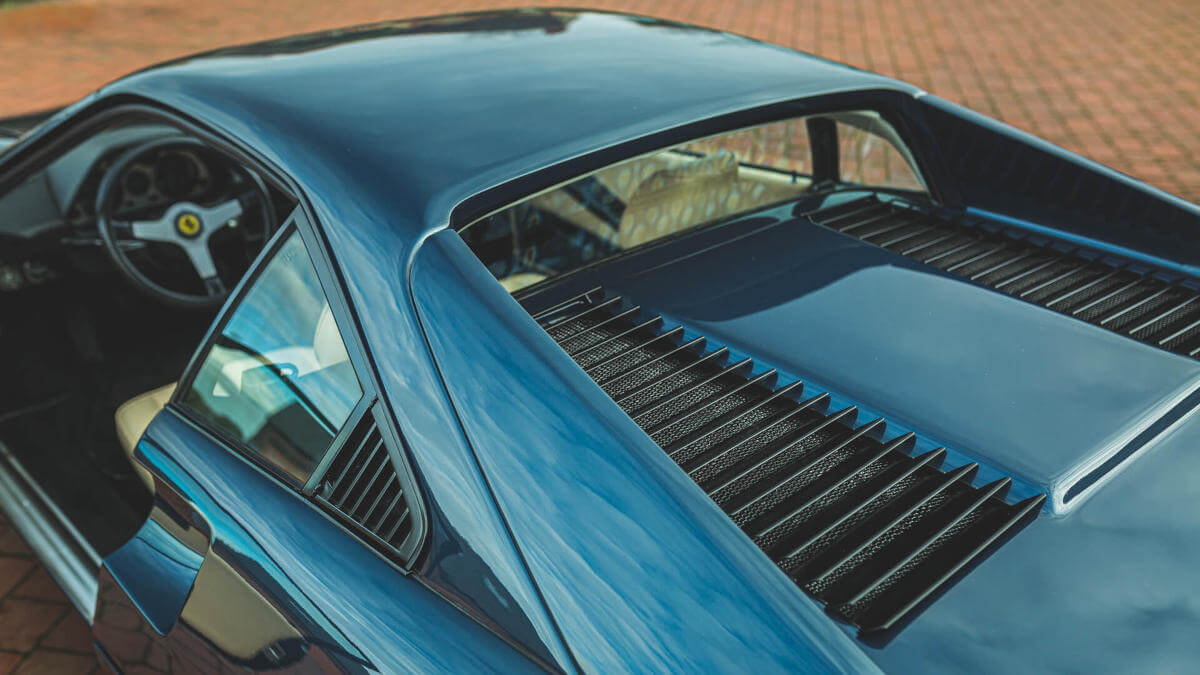



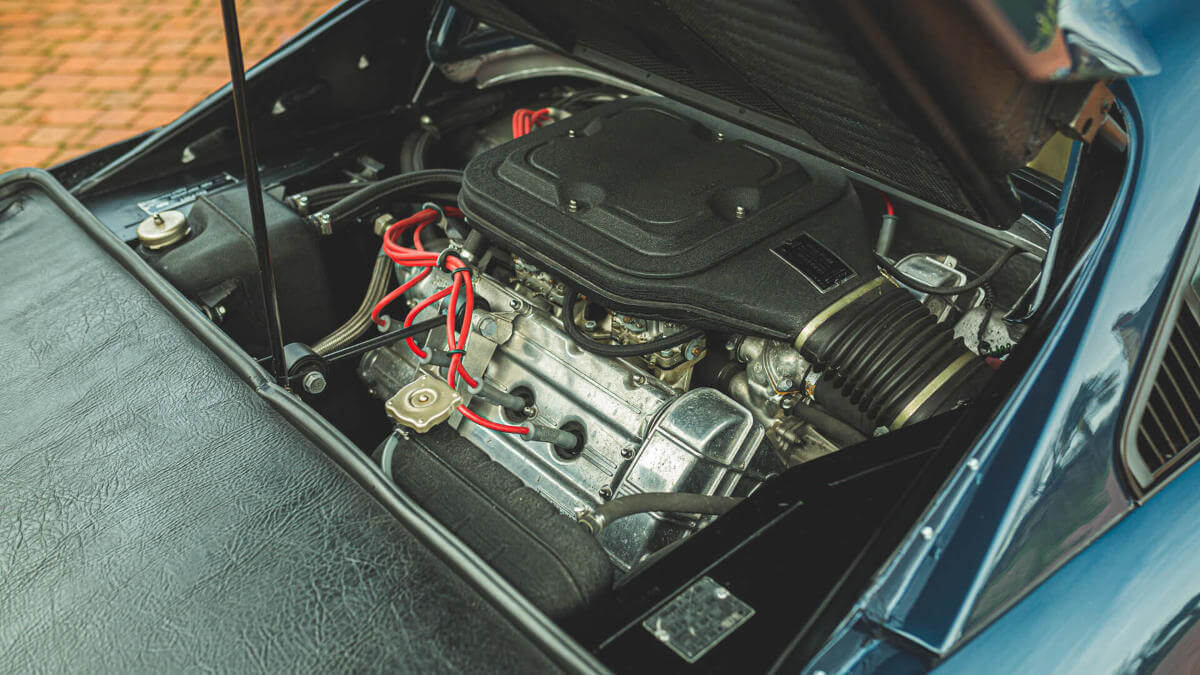



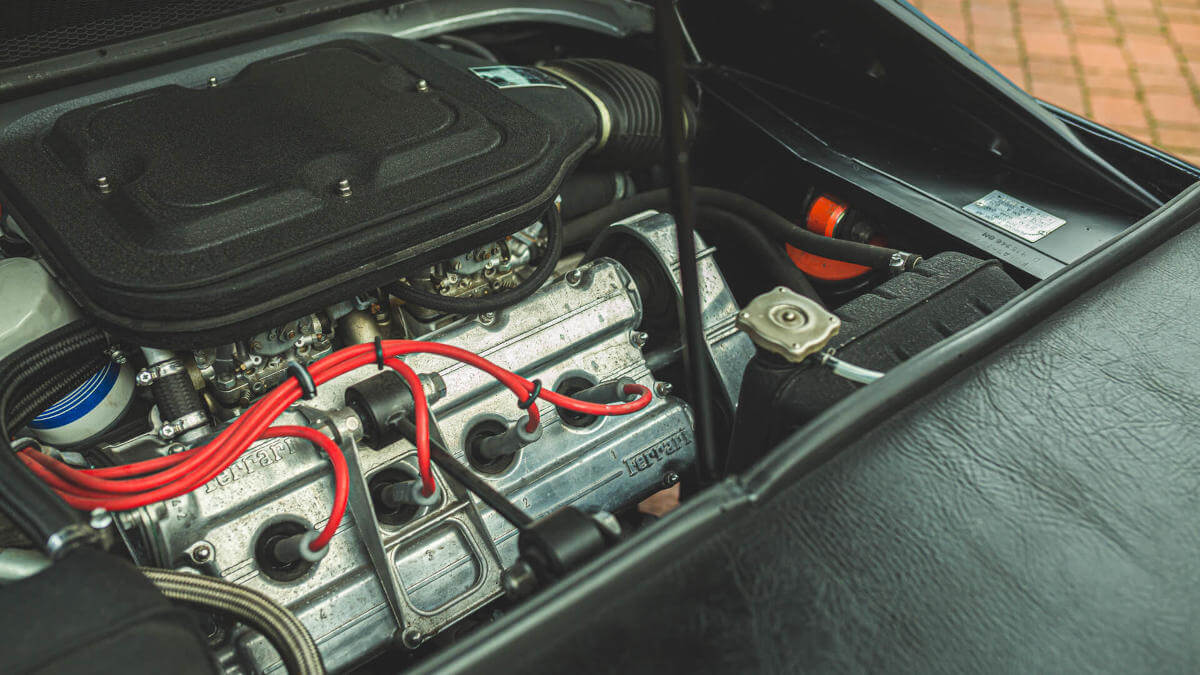



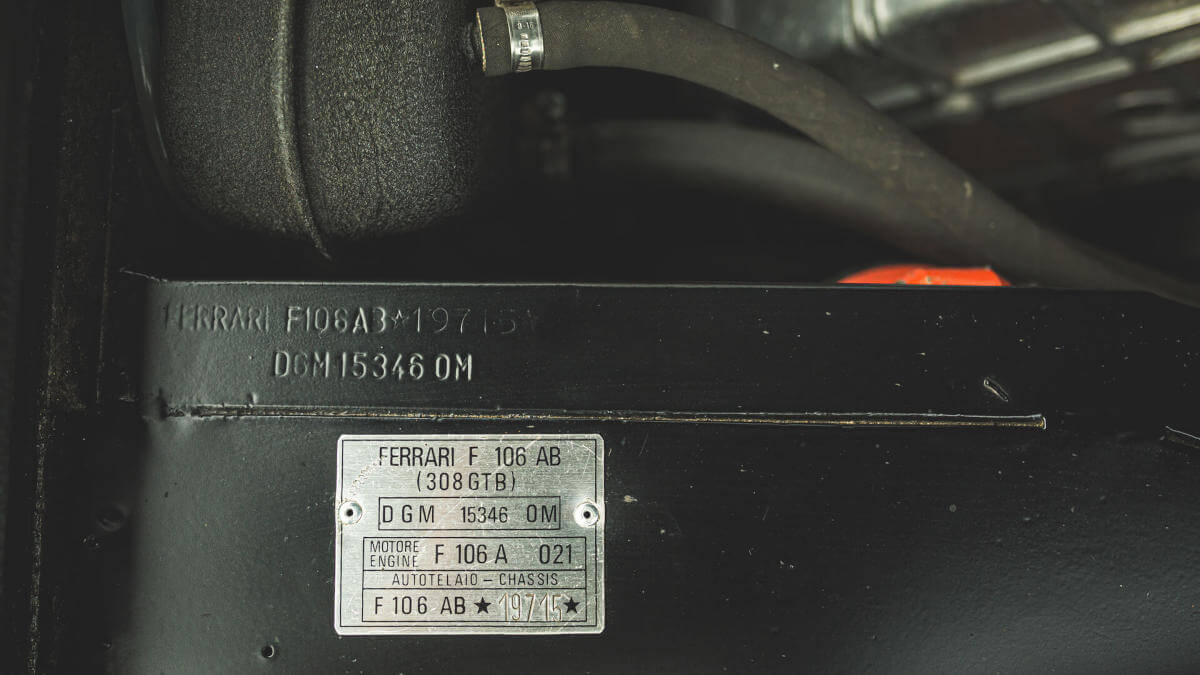



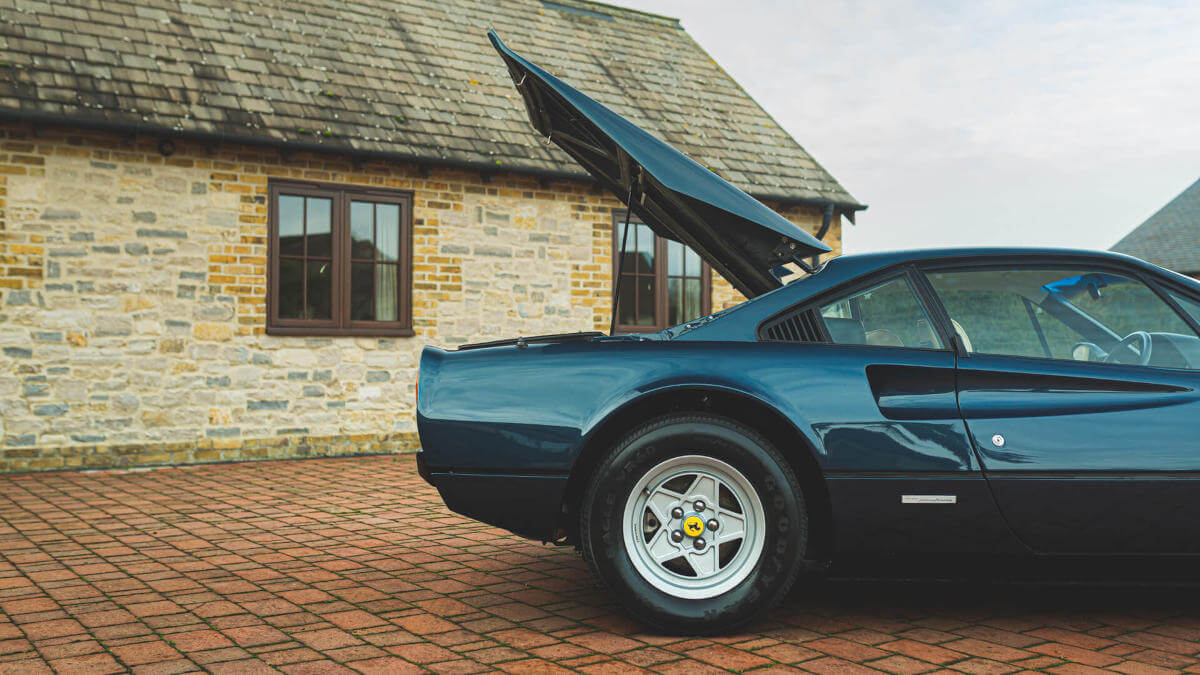



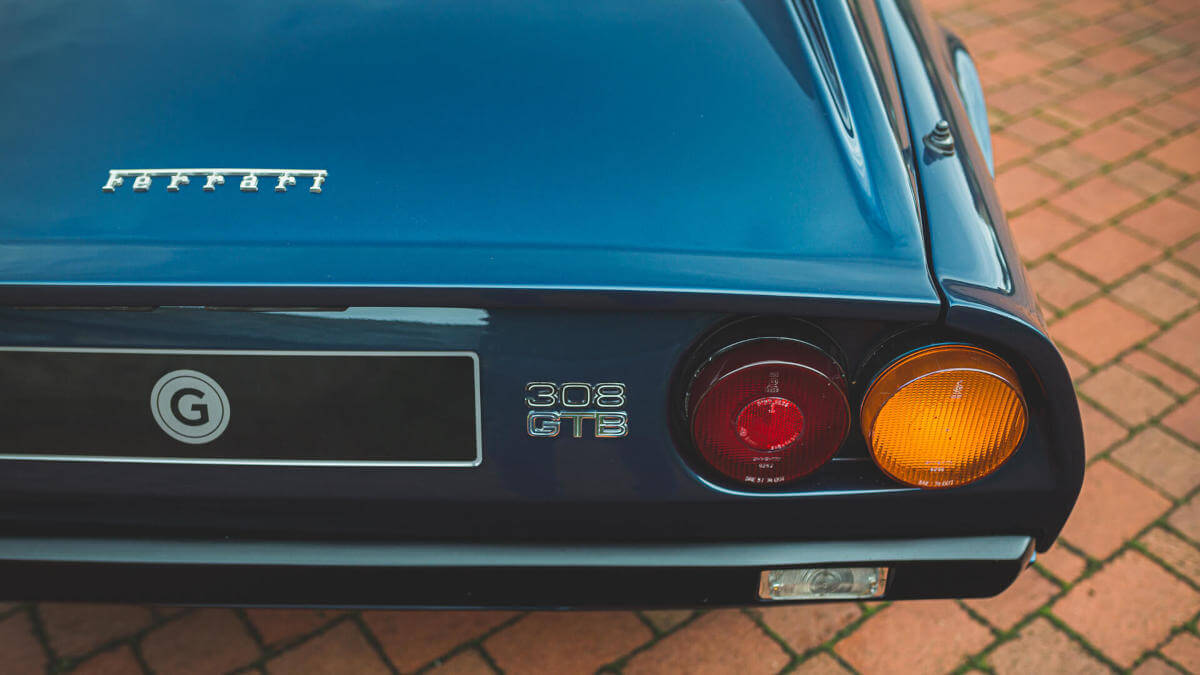



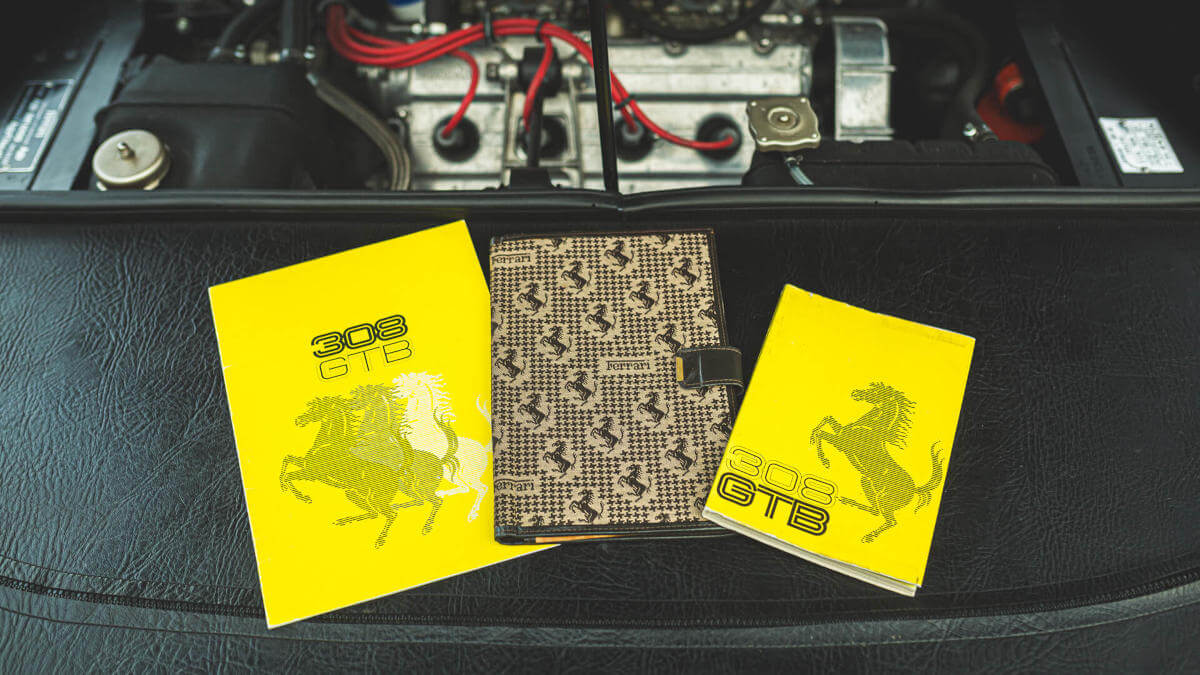



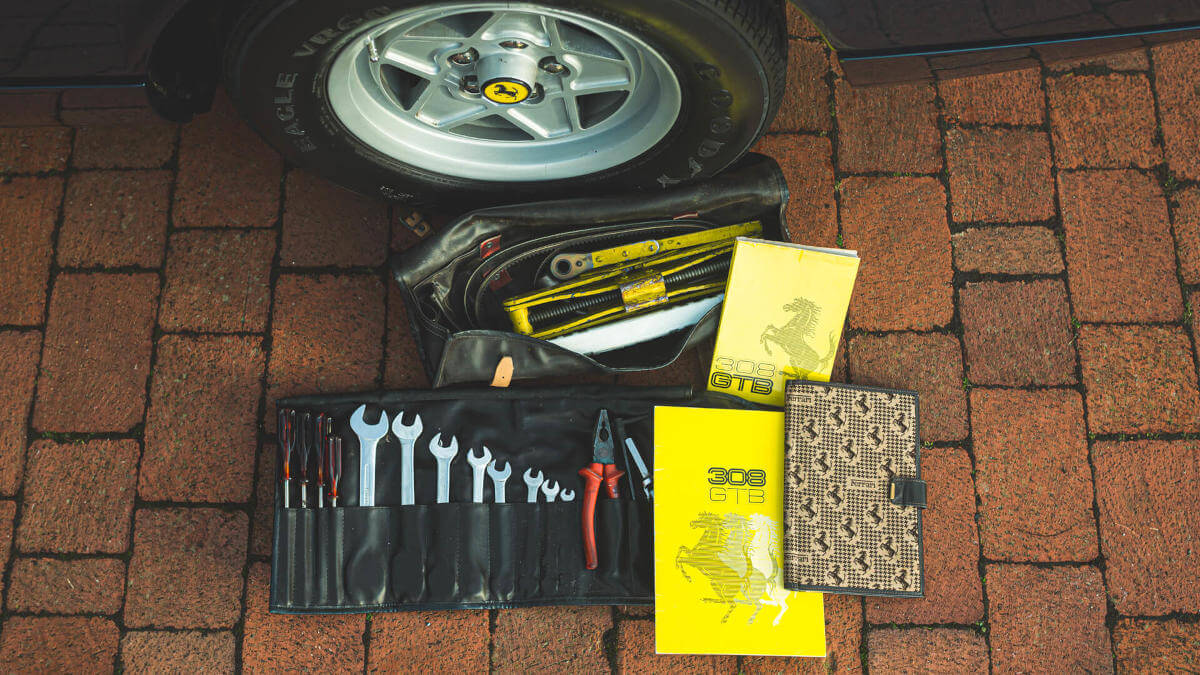



Vetroresina cars remained rare
Ferrari therefore commissioned the coachbuilder to develop a steel body for the 308 GTB that had to be as identical in design as possible. This was ready for series production as early as 1977. At the same time, it offered the possibility of including the 308 GTS with a targa roof to the program. The exact number of 308 GTB Vetroresina cars produced is not entirely clear. Depending on the source, there are numbers between 400 and 800 vehicles. Girardo & Co., where our photo vehicle is currently offered, mentions 712 examples. Later steel vehicles were about 150 kilograms heavier and reached about 12,000 units in total. Distinguishing features between the Vetroresina and the later series are the upper edges of the A-pillars, the rear end between the taillights and the reversing lights set into the rear bumper.
Chassis number 19715
The Ferrari 308 GTB Vetroresina we show in our gallery with chassis number 19715 left factory in ‘Blu Sera’ paint finish with ‘Pelle Beige’ leather. Motor S.p.A. in Rome delivered the sports car in September 1976. It remained in the Italian capital until 1984, when it was airfreighted to New York. There, the Ferrari received the best possible conditions for 23 years with regular services at East Coast Exotic Cars and Miller Motorcars. In 2007, the 308 returned to Europe and shared a garage with a Lamborghini Miura and a Lamborghini 400 GT. A year later, a car collector from Ireland acquired it before it returned to Italy in 2013. The current owner had a refresh done in 2018, including repainting in the original color. The original tools, books and various documentation are part of the package, which is now offered by Girardo & Co. The price is 148,000 €.
Images: Girardo & Co.




